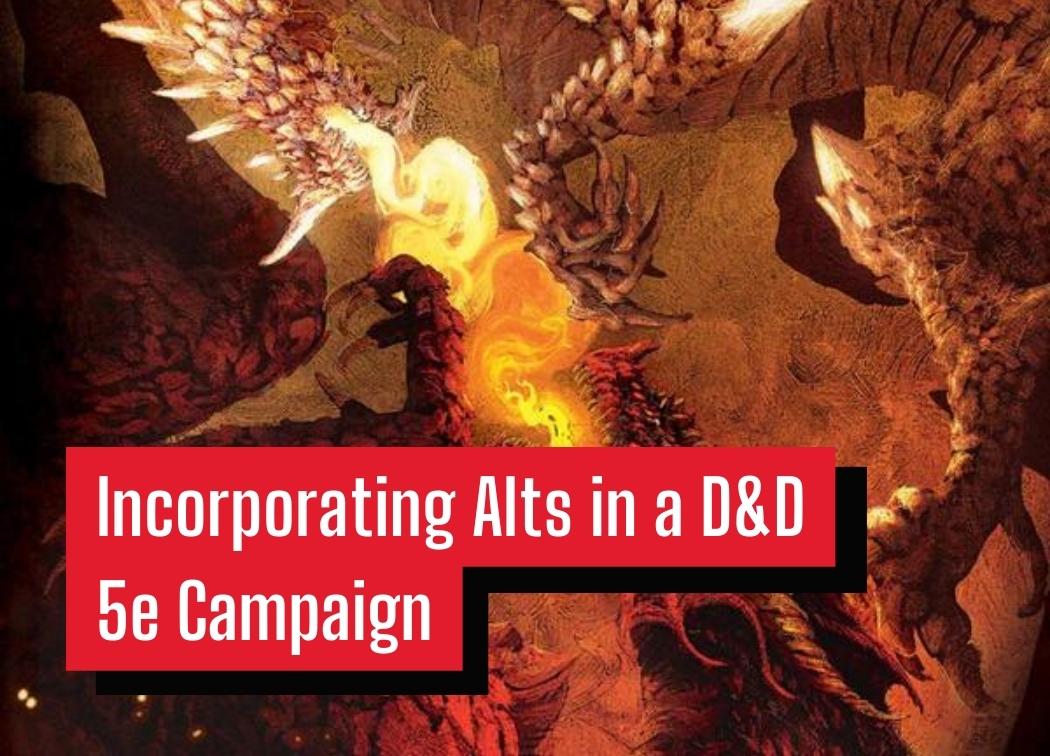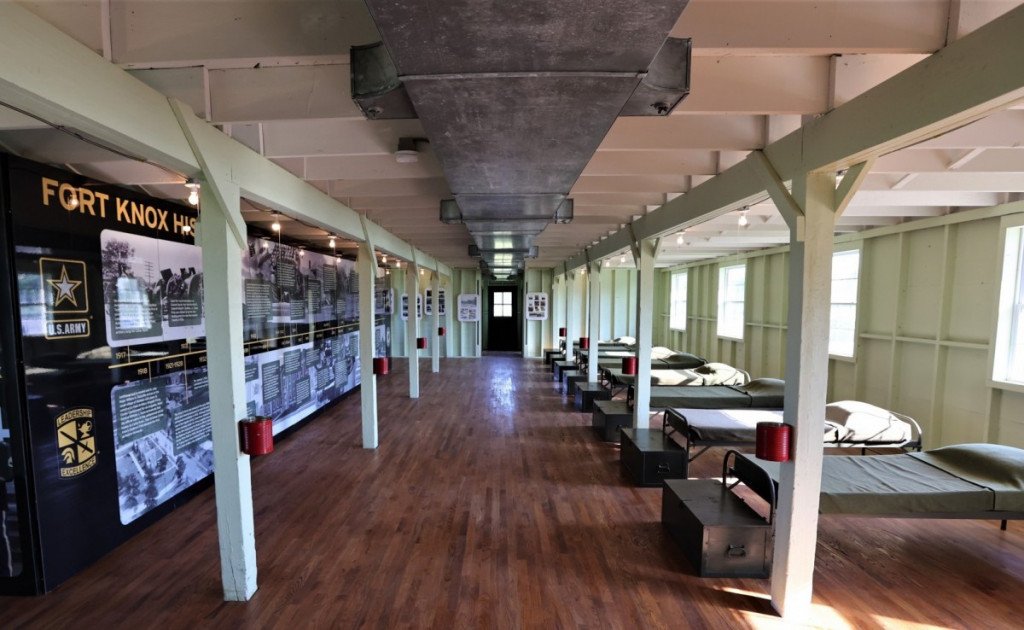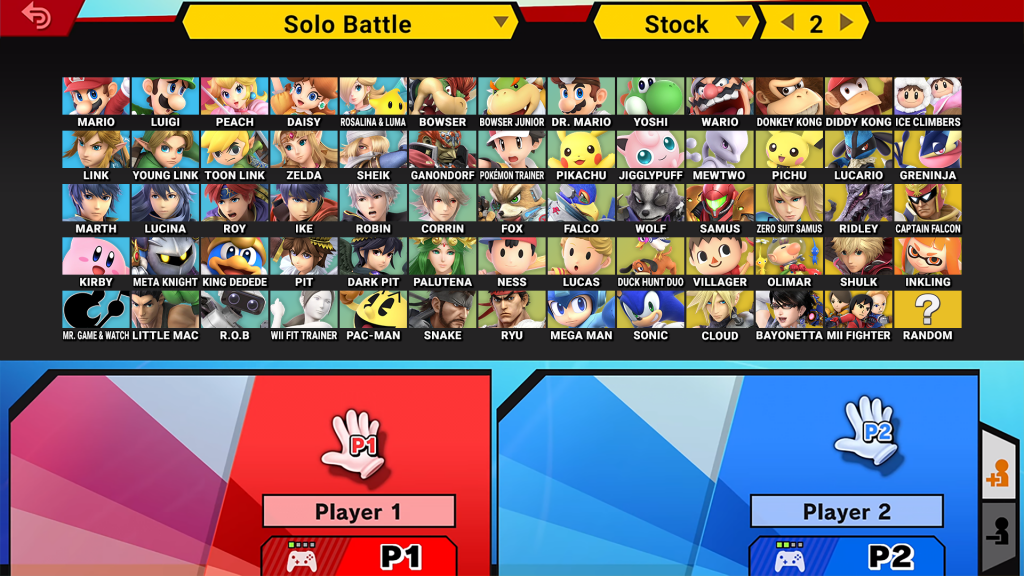Incorporating Alts in a D&D 5e Campaign

One facility that I didn’t mention in my previous Adventurer’s Guild design article was the bedroom. It’s a unique facility in that it doesn’t give a PC any mechanical benefits, however, it gives the player a significant one.
Each time the party upgrades the bedroom in their guildhall, they’re given an extra PC.
This was by far the most requested feature for the Adventurer’s Guild from my table, many of whom come from an MMORPG background where having alternate characters (alts) is a common and for some, an integral part of the experience. So the idea of having this big guild where they have multiple characters at their disposal was a reasonable request both lore-wise and gameplay-wise.
While playing multiple characters in a video game isn’t a big deal, it comes with unique challenges when doing so in a TTRPG. For example, story continuity, game balance, and session planning.
However, I intend to blow the hinges off of 5e and make this my most ambitious D&D campaign ever. So needless to say, I’m up for the challenge. Let’s take a look at how my group has gone about implementing alts in our upcoming campaign.

The Complexity of Alts
Giving each player one or two alts to play around adds a ton of complexity to the mix, assuming that you’re putting their alts in the same setting as their main characters. If you’re giving them a separate dimension, time period, etc. where the two will never cross paths then this isn’t an issue.
However, in our scenario, the alts and main characters are intertwined in the story. Decisions made by one group could impact the other.
This makes story continuity an even more complex issue to navigate as the DM. I now need to account for 12 characters’ actions instead of 6. Plus, in this campaign, we’ll be keeping track of time since that has a direct impact on the guildhall mechanic.
This means that we need to keep track of what multiple groups are doing on any given in-game day. It’s a lot.
For example, say that the group doesn’t touch their alts for an out-of-game month’s worth of sessions. In-game they may have spent multiple weeks exploring and adventuring. Do we go back in time and retroactively play their alts? Do we come up with their activities to fill in the gaps and bring them up to speed with the current timeline?
I’m not certain how we’ll handle it just yet, but it’s a problem that could get out of hand quickly if we’re not careful.
Out-of-Game Challenges
Out-of-game issues include my session prep. I need to now make sure I have an idea for multiple groups of characters in case the group decides they’d like to play their alts for a session or two instead of their mains.
My group is thankfully great about letting me know what they intend to do each session so I’m not concerned about this issue. However, I could see this being a pain for less experienced groups and DMs to handle.
Additionally, encounter design also becomes more complex. Depending on how you implement alts in your campaign, you could have players mixing and matching characters between adventures. You may have to account for twice the amount of characters’ spells and features than you normally would.
This makes tailoring encounters and obstacles to a specific party composition at the very least more challenging if not outright unfeasible.
Freedom of Play
Conversely, while the story continuity aspect is harder to maintain for the DM, alts bring a few benefits to the table as well.
For starters, I try to avoid playing if we’re missing 2 or 3 people any given week. Or if we’re going to have an important main storyline session (such as a final session or a major boss fight) we’ll hold off on playing until we find a night that everyone can attend.
This has forced us to miss plenty of sessions over the years. While sometimes we’ll still play a game or a one-shot if we’ve had enough time to prepare ahead of time, that’s not always the case.
Having a set of alts means that if a few people are missing, we can simply play the alts that night instead!
The other major benefit is more player-focused. It’s the benefit of trying multiple character builds in a single campaign. Every D&D player has a plethora of PC ideas. Having the freedom to try a few out and play around with them throughout a long-term campaign is a fantastic benefit that alts bring to the table.
The Two Proposed Implementations
The group thought for a while about how we’d like to implement alts into our next campaign. Eventually, we boiled it down to two options:
- In-Tandem: You pick which character you’d like to play before each quest or adventure. This means that the party is constantly changing its composition. Character levels may vary depending on how frequently you play one character over another.
- Squads: Each character belongs to a specific party and go off on adventures together as a unit. Every character is the same level as the rest of their party.
In-Tandem Characters
The in-tandem method is by far the option with the most flexibility for the players. The table can make a game plan for their next adventure, and then build their party composition for the job out of their pool of characters.
From a gameplay perspective, it adds another layer of player choice and strategy to the game. This is cool in its own way and a huge boon for groups like ours where combat and strategy are the focal points.
However, there are plenty of issues that we ran into when envisioning its implementation.
For starters, this gamifies character selection. The player no longer views their PC as a character in the traditional D&D sense, but almost like selecting a character in a MOBA. You’re picking a character based on their mechanical abilities to suit your team’s needs.
This would certainly be at a detriment to role-playing. It would be more difficult, if not impossible, to feel a sense of attachment to your characters with this mentality.
Another issue and the primary reason we chose not to use this method is that it’ll make prep and session planning more difficult for the DM. It’d be impossible for me to figure out what group composition would take any given quest. Tailoring challenges to a specific group is no longer an option.

Squads
While every player will have multiple characters, each character belongs to a set party. These parties go on adventures as a group and there’s no mixing and matching between parties.
This method is a great implementation in any long-term campaign as it allows your group to continue playing even when missing a few players. Simply hop on the alts and play through a side-mission for a night or two and then resume the main game when everyone is present.
It still gives the player the freedom of trying out a few different characters and builds during a long-term campaign, but it does lack the flexibility of the in-tandem method.
The biggest downside of this method is that keeping track of time and continuity could become challenging. With up to 2 to 3 separate parties’ actions to consider in the same setting, the timeline could quickly become chaotic depending on how often we swap between our separate squads.
Conclusions
Alts are an interesting concept that we’ve never tried in our games. It’s a great way to break up a game or ensure that you never have to cancel a session because a player or two can’t make it. Simply bust out the alts and you can keep on playing.
You can even take the alts for a spin just for a change-of-pace too. A one-shot or short adventure is a nice way to take a break after a large story arc.
While both the methods we came up with are viable options for implementing alts in a D&D campaign. We went with the Squads method because it’s by far the easiest of the two for the DM to deal with. There are fewer moving parts, ergo, there’s less for me to consider when prepping any given session.
However, I could see the in-tandem method being a great option for either a small table size or an ambitious DM. Regardless, my group and I are excited to see how this turns out! The freedom of choice this brings to the game will be interesting to experience.
